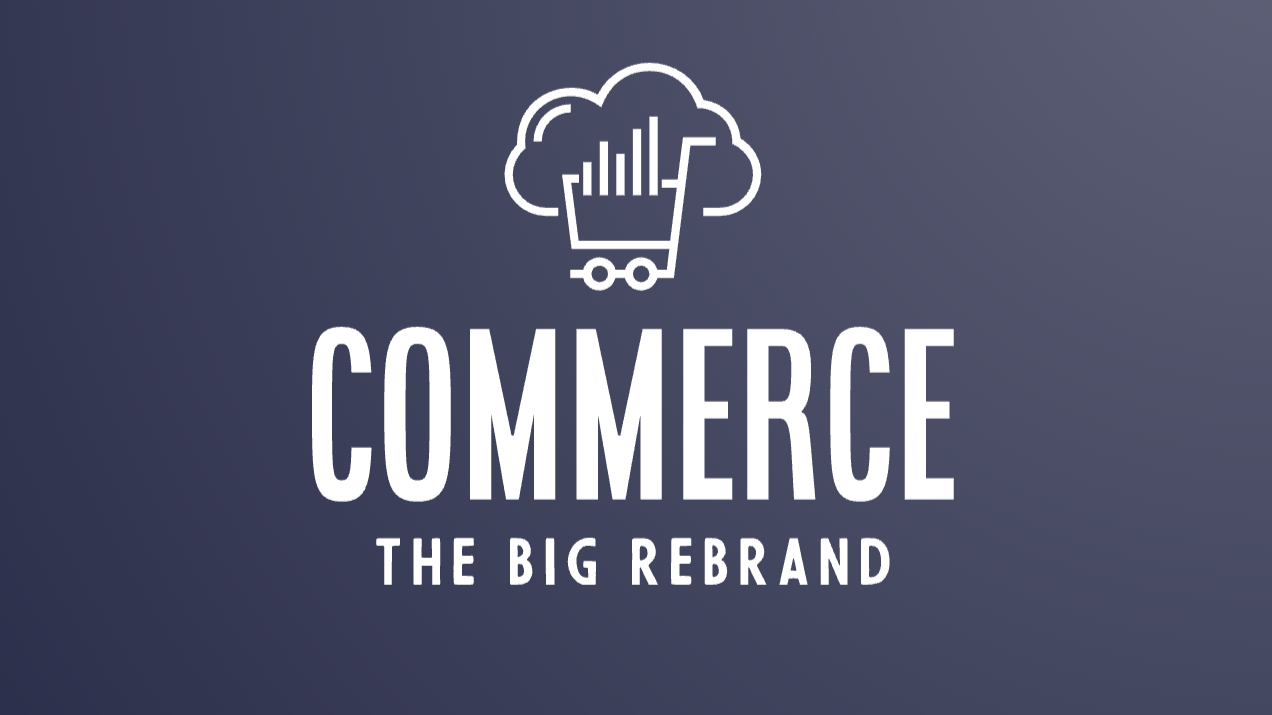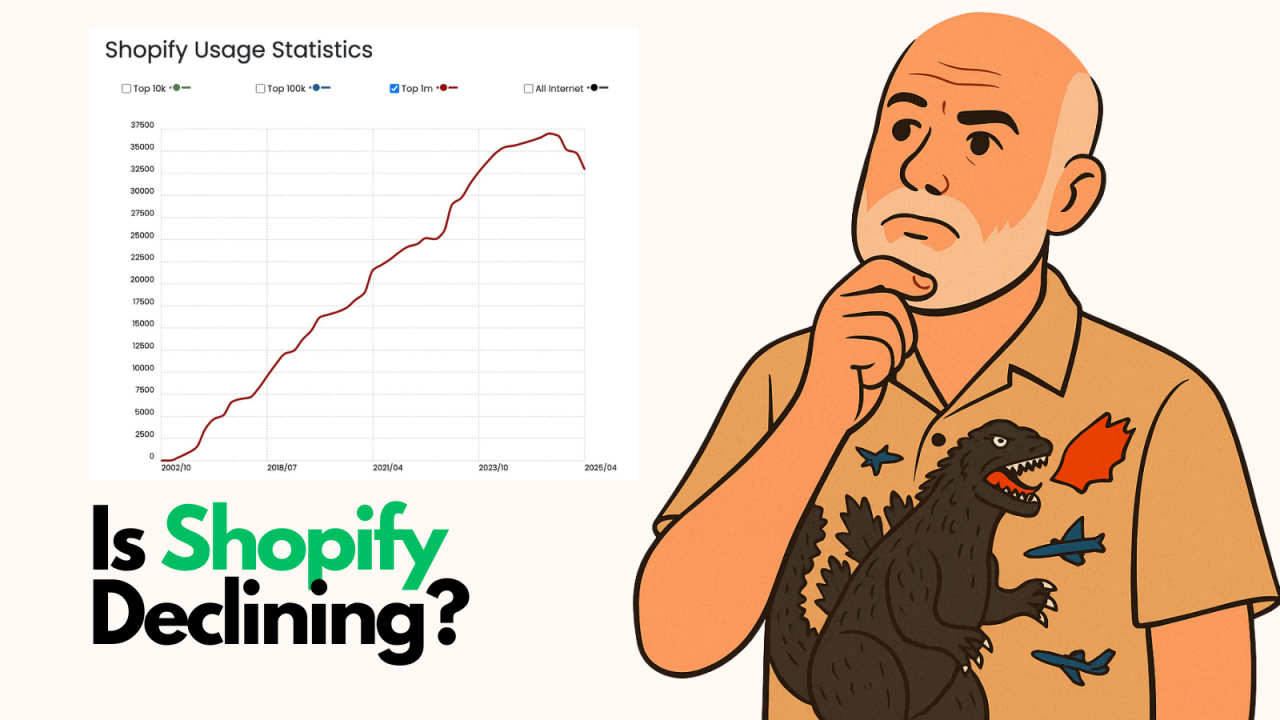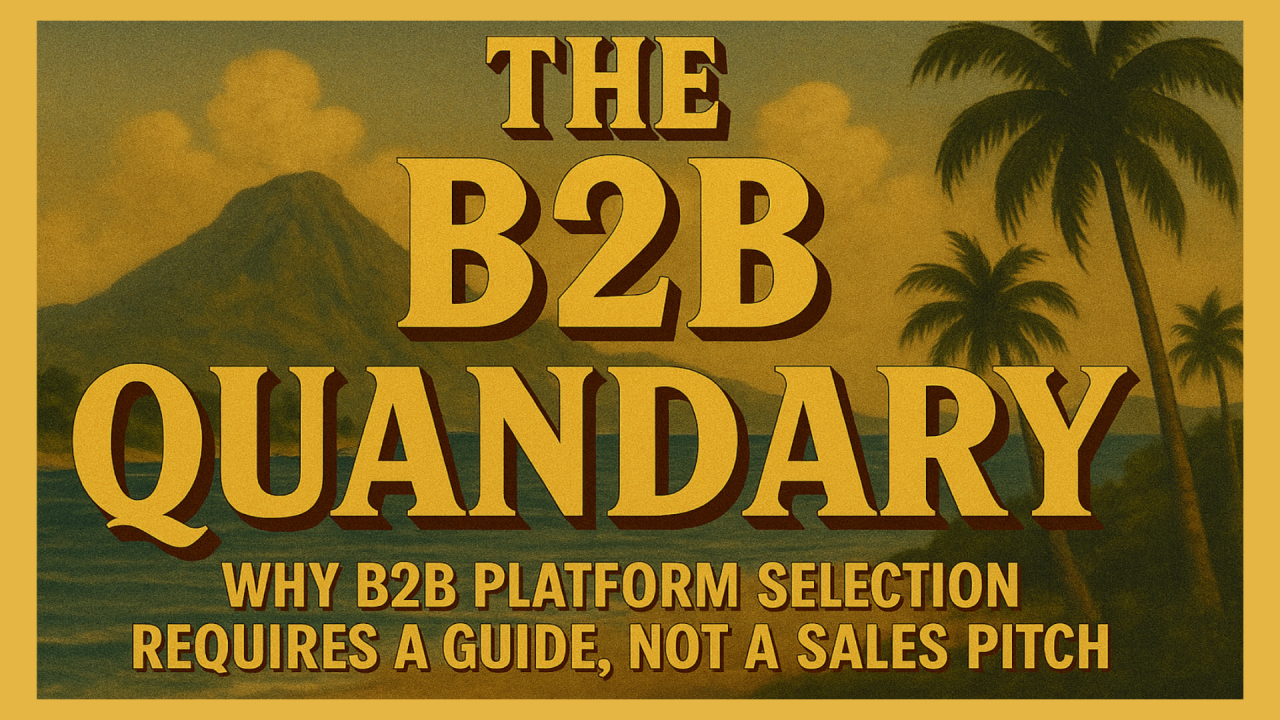
Why do some marketing campaigns seem to effortlessly draw in customers while others struggle to make a splash? The answer often lies in a well-crafted content strategy that aligns with each stage of the marketing funnel. This isn't just about churning out blog posts or social media updates – it's about understanding where your audience is in their buying journey and providing them with the precise information they need at that moment. This guide will walk you through creating compelling content for each stage of the funnel, helping you convert prospects into loyal customers and, ultimately, brand advocates.
Customers are bombarded with information. To cut through the noise, your content needs to be strategic, targeted, and valuable. Think of the marketing funnel as a roadmap – it guides potential customers from initial awareness of your brand all the way to making a purchase and beyond.
By understanding the nuances of each stage in the marketing funnel – Awareness, Interest, Consideration, Intent, Conversion, Retention, and Advocacy – and tailoring your content accordingly, you can significantly improve your conversion rates and build stronger customer relationships. This guide will provide practical examples and actionable insights to help you optimize your content strategy for maximum impact.
At this initial stage, your potential customers might not even know they have a problem that your product or service can solve. Your primary goal here is to simply get on their radar and introduce them to your brand. Think of it as planting a seed – you're not expecting a sale just yet, but you're laying the groundwork for future engagement.
This initial engagement is crucial – it's your opportunity to make a positive first impression and position yourself as a valuable resource. By providing helpful and relevant content, you can begin to build trust and establish your brand as an authority in your field.
Once you've captured your audience's attention, it's time to nurture their interest. They're now aware of your brand and potentially exploring solutions to their problems. Your content at this stage should delve deeper into the benefits of your product or service without being overtly sales-y.
Think of this stage as a conversation – you're engaging with your audience, answering their questions, and demonstrating your understanding of their needs. By providing valuable and relevant content, you can solidify their interest and move them further down the funnel.
Now, your potential customers are actively comparing different solutions, including yours. This is where you need to differentiate yourself from the competition and demonstrate why your product or service is the best choice.
At this stage, clarity and transparency are key. Provide potential customers with the information they need to make an informed decision, addressing any concerns or objections they might have.
Your potential customers are now on the verge of making a purchase. They've done their research, compared options, and are likely just looking for that final nudge to solidify their decision.
This is your opportunity to reinforce the value of your product or service and make the purchasing process as seamless as possible. Clear calls to action and readily available support can significantly impact conversion rates at this crucial stage.
Congratulations! Your potential customer has made a purchase and officially joined your customer base. But your content journey doesn't end here. In fact, it's just the beginning of a new phase focused on building loyalty and fostering long-term relationships.
By providing a positive and seamless experience from the moment they click "buy," you can set the stage for customer satisfaction and repeat business.
Now that you've acquired a customer, your focus shifts to keeping them engaged and satisfied. Your content at this stage should aim to provide ongoing value, build relationships, and encourage repeat purchases.
Remember, retaining existing customers is often more cost-effective than acquiring new ones. By nurturing your customer relationships, you can create a loyal following that contributes to long-term business growth.
The final stage of the marketing funnel is all about turning satisfied customers into brand advocates. These are your biggest fans – they love your product or service and are happy to share their positive experiences with others.
Brand advocates are invaluable – they act as extensions of your marketing team, spreading positive word-of-mouth and expanding your reach organically. By encouraging and rewarding advocacy, you can create a powerful network of loyal customers who actively promote your brand.
So, there you have it - a journey through the marketing funnel, fueled by strategic content. By understanding the unique needs of your audience at each stage, you can create targeted content that resonates, converts, and cultivates lasting relationships. Remember, the key is to provide value, address pain points, and continuously refine your approach based on feedback and data. By mastering the art of content marketing, you can not only guide your customers through the funnel but also achieve sustainable business growth. After all, in the world of marketing, content isn't just king – it's the entire royal family. Now, are you ready to give your content strategy the royal treatment it deserves? Contact Content Basis to learn more about how we can help.
How often should I create new content? The frequency of your content creation depends on various factors, including your industry, target audience, and marketing goals. Consistency is key, but quality should always take precedence over quantity.
How do I measure the effectiveness of my content? Utilize analytics tools to track key metrics such as website traffic, engagement, conversion rates, and social media shares.
What if my content isn't performing well? Don't be afraid to experiment and adapt your strategy based on the data you collect. Continuously analyze your results and make adjustments as needed.

Following up on my earlier post about BigCommerce's rebrand announcement, I got my hands on theCleveland...

By Brent W Peterson AI vs Shopify: Is Platform Dominance Ending in 2025?

The B2B OG Reality Check In 1995, I built my first B2B website for my then computer assembly company. It...